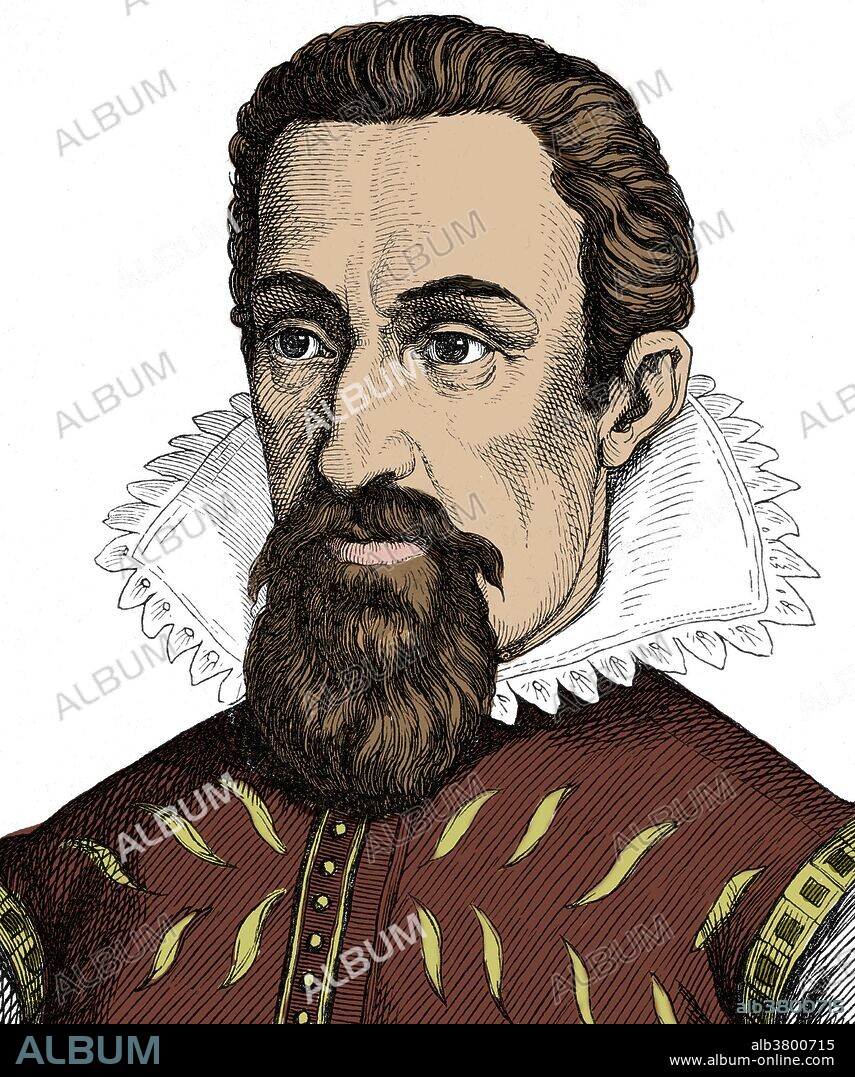alb3800715
Johannes Kepler, German Mathematician & Astronomer

|
Añadir a otro lightbox |
|
Añadir a otro lightbox |



¿Ya tienes cuenta? Iniciar sesión
¿No tienes cuenta? Regístrate
Compra esta imagen

Título:
Johannes Kepler, German Mathematician & Astronomer
Descripción:
Ver traducción automática
Johannes Kepler (December 27, 1571 - November 15, 1630) was a German mathematician, astronomer and astrologer. A key figure in the 17th century scientific revolution, he is best known for his works Astronomia nova, Harmonices Mundi, and Epitome Astronomiae Copernicanae. These works also provided one of the foundations for Isaac Newton's theory of universal gravitation. Kepler devised the three fundamental laws of planetary motion. These laws were based on detailed observations of the planets made by Tycho Brahe and himself. Kepler's first law states that the planets orbit the Sun in elliptical paths, with the Sun at one focus of the ellipse. The second law states that the closer a planet comes to the Sun, the faster it moves. Kepler's third law states that the ratio of the cube of a planet's mean distance from the Sun to the square of its orbital period is a constant. In his final years, he spent much of his time traveling, finally settling in Regensburg, but he soon fell ill. He died in 1630 at the age of 58. His burial site was lost after the Swedish army destroyed the churchyard, but his self-authored epitaph survived the times: Mensus eram coelos, nunc terrae metior umbras. Mens coelestis erat, corporis umbra iacet. (I measured the skies, now the shadows I measure. Skybound was the mind, earthbound the body rests.)
Crédito:
Album / Science Source
Autorizaciones:
Modelo: No - Propiedad: No
¿Preguntas relacionadas con los derechos?
¿Preguntas relacionadas con los derechos?
Tamaño imagen:
2961 x 3548 px | 30.1 MB
Tamaño impresión:
25.1 x 30.0 cm | 9.9 x 11.8 in (300 dpi)
Palabras clave:
1571 • ALEMAN • ARTE • ASTROLOGIA • ASTRONOMIA • ASTRONOMO • CIENCIA • CIENTIFICO • DIBUJO • EUROPEO • FAMOSO • FIGURA • GENTE • GRABADO • HISTORIA • HISTORICO • HOMBRE • HOMBRES • ILUSTRACION • IMPORTANTE • KEPLER • MASCULINO • MATEMATICAS • MATEMÁTICO • OBRA DE ARTE • PERSONA • PERSONALIDAD • PERSONALIDADES • RETRATO DE HOMBRE • RETRATO • REVOLUCION CIENTIFICA • SIGLO XVI • SIGLO XVII
 Pinterest
Pinterest Twitter
Twitter Facebook
Facebook Copiar enlace
Copiar enlace Email
Email
